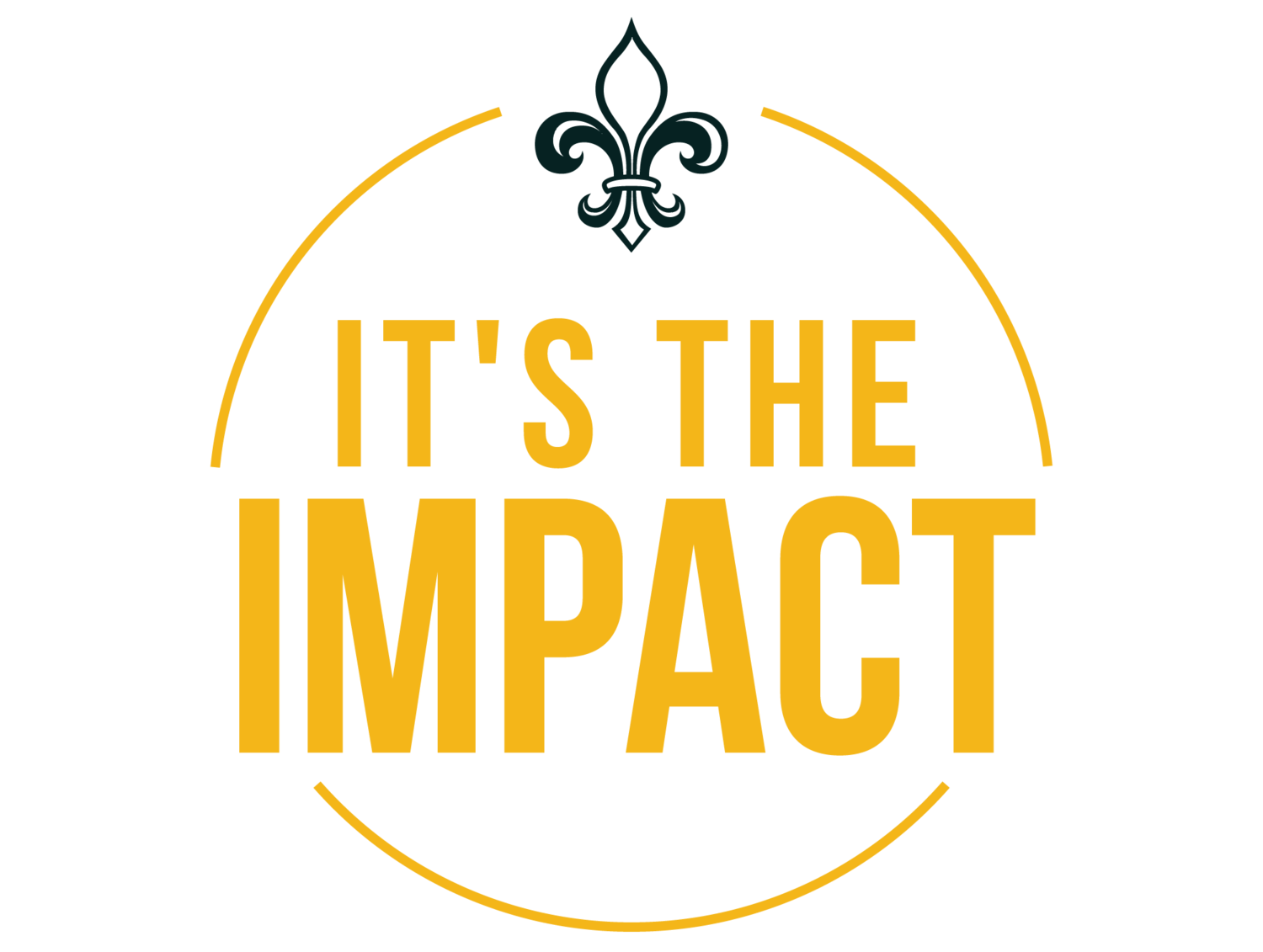Your Thoughts Are Everything — And Also Nothing
Recently, at an intimate leadership conference, Brené Brown put a fresh spin on what it means to be a leader in today's world. She said it's all about “facing uncertainty without losing our shit.” While she might not have used those exact words at your average corporate training, her point cuts right to the heart of how leaders are confronting today’s world.
This insight highlights the critical role of emotional regulation — managing emotions to maintain clarity and composure under pressure.
While leaders often focus on external factors such as managing teams and navigating feedback, mastering your own emotions is equally vital. At It's the Impact, we emphasize two key insights: Your thoughts are not facts — and neither are your emotions. Without recognizing this, leaders may confuse perceptions with reality, ultimately complicating relationships, clouding decision-making, and escalating workplace stresses.
Imagine you're convinced a coworker is trying to sabotage your presentation. Perhaps they're not part of an evil genius club; maybe they just accidentally mixed up the meeting notes.
Challenging these perceptions allows leaders to detach from automatic thoughts and critically assess their views, a vital skill for effective leadership. Failing to develop this skill can result in poor decisions, impaired communication, and a reduced ability to motivate teams — leading to substantial organizational challenges.
In today's fast-paced and uncertain environment, effective emotional regulation is essential, rather than optional. Unmanaged emotions can lead to personal stress, team dysfunction, and missed opportunities. Are you prepared to lead with resilience and clarity? Continue reading to learn essential emotional regulation techniques every leader needs.
Challenging Your Thoughts
There’s nothing more human than believing that all of our thoughts are real and accurate. It's just how our brains work. We feel bonded to our thoughts, believing that our perspective is so real that it must be accurate. It's human nature to believe our thoughts are accurate. But just like occasionally misplacing our keys, we can also misplace our trust in what our thoughts tell us. You might say you don't do this, but the truth is that there is a part of your brain that doesn’t operate logically, and this part is often in charge.
Like any human, leaders defer to their own thoughts. Even when they recognize that their thoughts aren’t always accurate or may be too negative and therefore detrimental to their work, they still don’t challenge them as merely thoughts. They accept them as facts and as truths.
The truth is, without intentional work and practice, we are all bystanders to the workings of our minds. But we don’t have to be. With some clear steps, you can gain more control over your negative and unhelpful thoughts.
Three Key Action Steps:
Recognize Thoughts as Neural Events: Understand that a thought is simply a product of brain activity and not an absolute reality. Science tells us our thoughts can be biased and aren't always a true reflection of reality. Treat thoughts as hypotheses, not facts, and weigh them against other sources of information like sensory inputs and empirical evidence. A thought is just a thought.
Understand Thought Origins: Realize that many thoughts emerge from the subconscious, similar to dreams. They can be mixed with worries, fears, and insecurities. Learn to question these automatic thoughts and assess whether they are truly helping you or merely holding you back from making better decisions.
Engage in Self-Inquiry: When a thought arises, challenge it by asking:
Is this thought 100% true?
What else could be true here?
How is this way of thinking helping or hindering me?
What do I want to do with this thought now?
So next time you have a thought that seems a bit too dramatic, remember it's just your brain doing its best soap opera impression. Next time, you start thinking that someone is trying to make you look bad. Before you react, take a moment to interrogate this thought. Could there be another reason they acted the way they did? Maybe they're just stressed or misunderstood the situation. Think about their possible motivations and your own. This helps you see the situation more clearly and respond better instead of just reacting based on your initial thought.
Next Up, Your Emotions
Our thoughts are inextricably bound together with our emotions. Often, it’s hard to distance ourselves from our thoughts because of how they make us feel, which is ironic because how we think can have a huge impact on how we feel. To better understand our thoughts, it can help to better understand emotions by being able to precisely name how we’re feeling.
We experience a wide range of emotions — wider than many people realize. The Junto Institute publishes an emotion wheel I use at 'It’s the Impact' because it shows the diversity of our emotions. Using an emotion wheel helps you pinpoint exactly how you're feeling, from basic emotions like joy to more complex ones like pride. This can clarify which thoughts are shaping these feelings.
Action Steps:
Use an Emotion Wheel: Tools like the Junto Institute's emotion wheel can help you identify and articulate your emotions more accurately. This ranges from basic emotions like joy and sadness to more nuanced feelings like pride or contentment.
Connect Emotions to Thoughts: When you experience a strong emotion, identify the specific thoughts triggering it. Ask yourself what you are telling yourself in your head when you feel this way. This can reveal whether your thoughts are constructive or detrimental.
Regular Practice: Make it a habit to regularly reflect on your emotional responses and the thoughts associated with them. This practice can enhance your emotional intelligence and lead to better leadership decisions.
In Conclusion, Mastery over the Mind and Emotion
The journey toward effective leadership is not just about managing external challenges but also about mastering the internal landscape of thoughts and emotions. By understanding that our thoughts and feelings are not absolute truths, leaders can better navigate the complexities of their roles. The insights from neuroscience and cognitive psychology offer powerful tools for this self-mastery.
Practicing the three strategies outlined here — recognizing thoughts as neural events, understanding their subconscious origins, and engaging in regular self-inquiry — can transform your leadership approach. It enables a more resilient, responsive, and thoughtful leadership style, crucial in today’s dynamic workplace environments.
Unlock the full potential of your leadership skills with our exclusive 'Empowered Thinking Workbook.' This practical workbook is designed to help you identify and articulate the thoughts and emotions triggered by various situations, empowering you to manage them effectively. Download your free copy now and take the first step towards mastering your internal landscape for better clarity and decision-making.
P.S. Embrace these techniques to lead not only with authority but also wisdom, understanding, and an enhanced capacity to influence positively. Remember, the greatest leaders are those who learn not only to manage others but to manage themselves first.
If you’re interested in learning more, reach out to schedule a Discovery Call.

